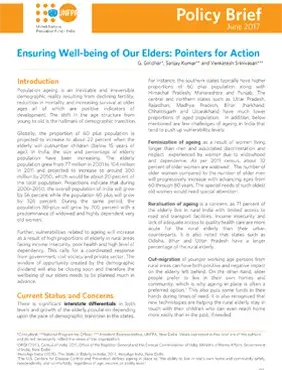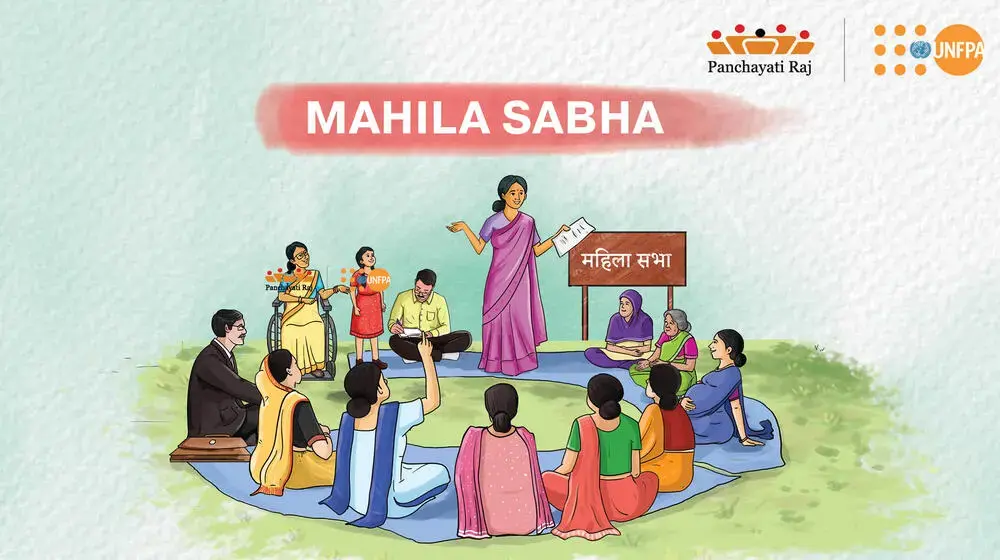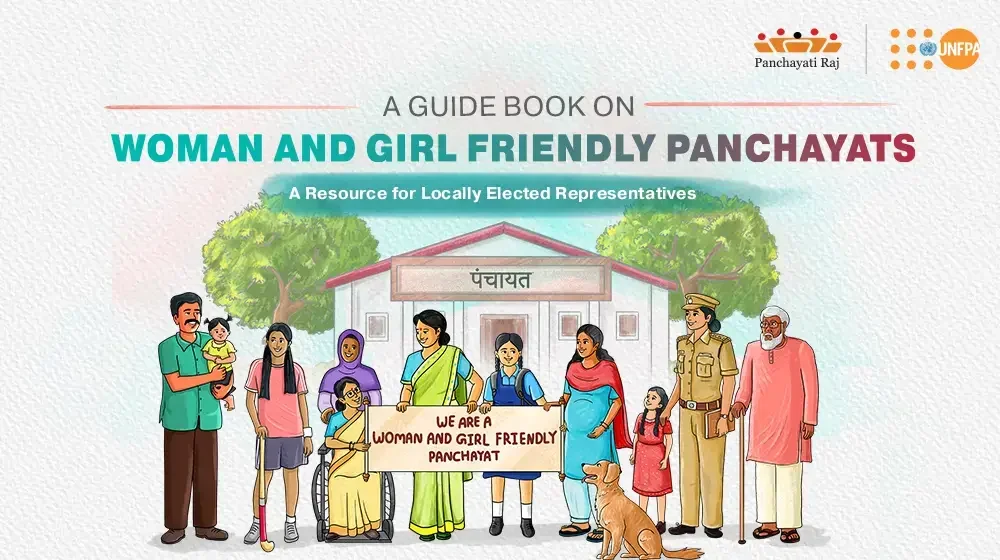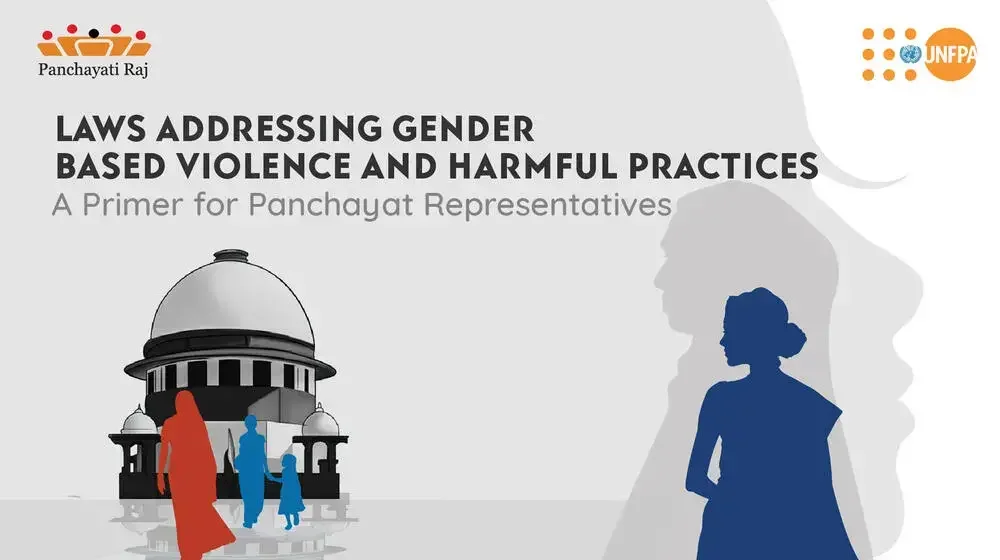Population ageing is an inevitable and irreversible demographic reality resulting from declining fertility, reduction in mortality and increasing survival at older ages - all of which are positive indicators of development. The shift in the age structure from young to old is the hallmark of demographic transition.
Globally, the proportion of 60 plus population is projected to increase to about 22 per cent when the elderly will outnumber children (below 15 years of age). In India, the size and percentage of elderly population have been increasing. The elderly population grew from 77 million in 2001 to 104 million in 2011 and is projected to increase to around 300 million by 2050, which would be about 20 per cent of the total population. Projections indicate that during 2000–2050, the overall population of India will grow by 56 per cent while the population of 60 plus will grow by 326 per cent. During the same period, the population of 80-plus will grow by 700 per cent with a predominance of widowed and highly dependent very old women.
Further, vulnerabilities related to ageing will increase as a result of high proportions of elderly in rural areas facing income insecurity, poor health and a high level of dependency. This calls for a coordinated response from the government, civil society and private sector. The window of opportunity created by the demographic dividend will also be closing soon and therefore the wellbeing of our elders needs to be planned much in advance.





